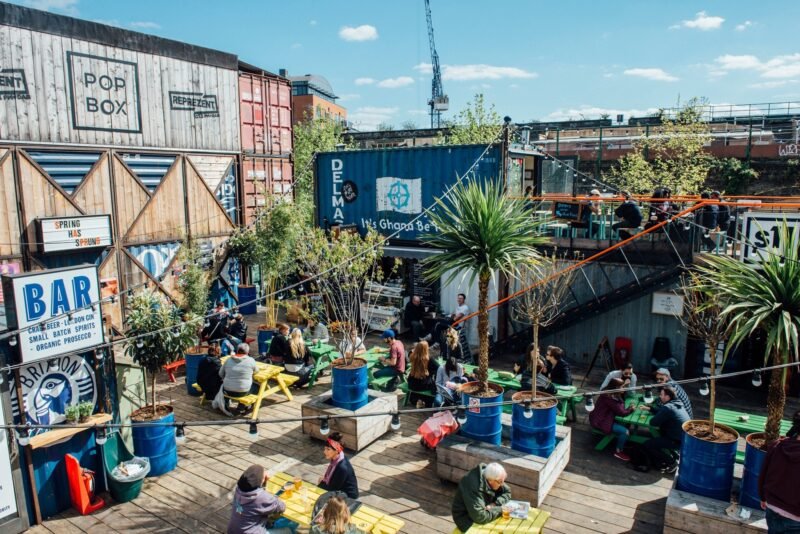Cargotectural Futurism: New Designs For New Dilemmas

Pop-Up City’s resident container expert here with yet another report on shipping container urbanism. We love shipping containers, or, at least, re-using them: whether it’s making offices, hotels, or coffee houses, we’re ardent supporters of the cargotecture trend. But the logical end point of container urbanism appears to be on the horizon: shipping container cities.

Okay, maybe not full-fledged cities, but at least neighbourhoods. Kaid Benfield recently wrote about a handful of container cities around the world. The examples he cites are in England (London’s Container City), Mexico (Cholula’s Container City), and the United States (Brooklyn’s Dekalb Market): Benfield is a little remiss to forget about the Dominican container city designed to house Haitian earthquake victims. Benfield suggests that we appear to be on the cusp of a new architectural trend that takes very seriously the need to repurpose decommissioned structures in a way that is both aesthetically pleasing and environmentally conscious.

Shipping container architecture goes beyond this, though. It’s an iconic gesture: to build student housing in Amsterdam, a public market in Bishkek, or an art gallery in Seoul utilising containers doesn’t just say ‘let’s build differently’. It’s a way of changing our motivations for designing architecture and planning our cities. Sure, the ‘dilemmas-are-opportunities-too’ trope is over-worn, but it’s that way for a reason. In this way, cargotectural solutions are the application of a new manifesto for architectural design and the way we live.
[adrotate banner=”3″]



